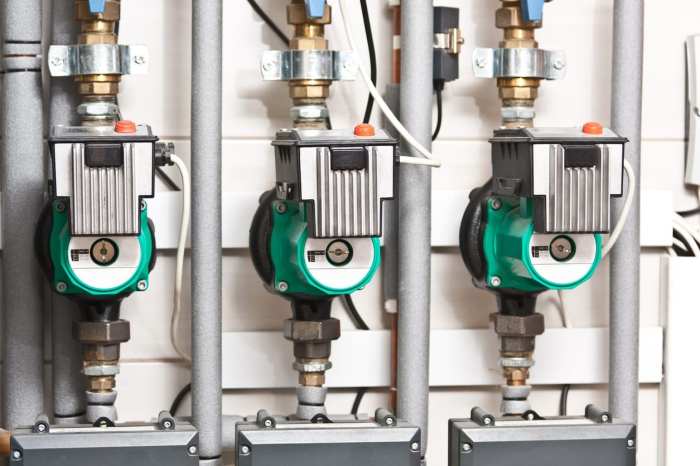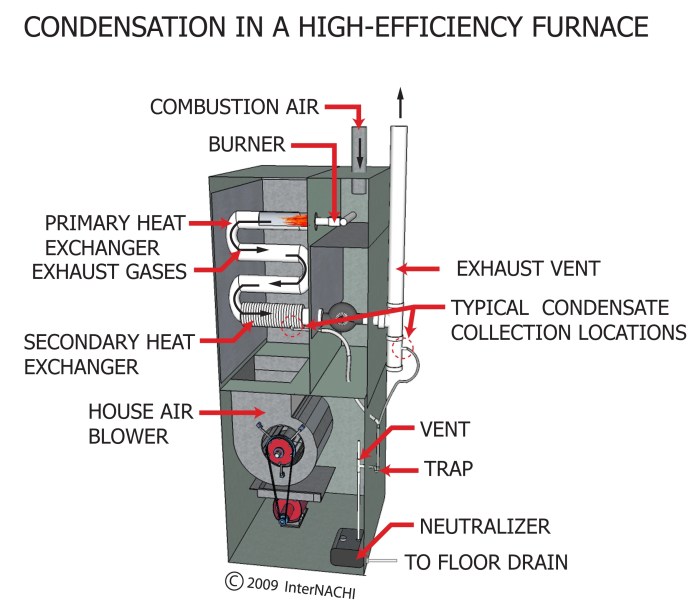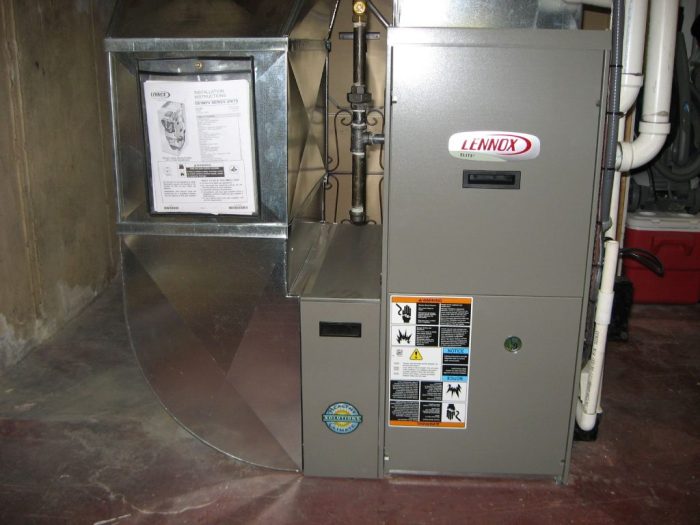Condensing furnaces are strictly electric furnaces that have revolutionized the heating industry, offering unparalleled energy efficiency, environmental benefits, and cost savings. Their advanced technology sets them apart as the epitome of modern heating solutions.
Electric condensing furnaces harness electricity as their sole energy source, eliminating the need for gas or oil. This eliminates the risk of combustion-related accidents and ensures a clean and safe indoor environment.
Types of Condensing Furnaces
Condensing furnaces are categorized into several types, each with unique features and benefits:
- Single-stage condensing furnaces: These furnaces operate at a single, constant speed, providing consistent heating output.
- Two-stage condensing furnaces: These furnaces operate at two different speeds, allowing for more precise temperature control and energy efficiency.
- Modulating condensing furnaces: These furnaces can adjust their output to match the heating demand, maximizing energy efficiency and comfort.
- Variable-speed condensing furnaces: These furnaces use a variable-speed blower to adjust airflow, providing optimal comfort and energy efficiency.
Electric vs. Gas Condensing Furnaces

Condensing furnaces can be powered by electricity or gas:
Electric Condensing Furnaces, Condensing furnaces are strictly electric furnaces
- Advantages: High energy efficiency, low operating costs, no emissions, quiet operation.
- Disadvantages: Higher initial cost, limited availability in some areas.
Gas Condensing Furnaces
- Advantages: Lower initial cost, widely available, can use existing gas lines.
- Disadvantages: Slightly lower energy efficiency, produces emissions, requires proper ventilation.
Installation and Maintenance of Condensing Furnaces

Installing a condensing furnace requires professional expertise:
- Installation: Involves connecting the furnace to electrical or gas supply, ductwork, and condensate drain.
- Maintenance: Regular maintenance is crucial for optimal performance, including filter changes, coil cleaning, and annual inspections.
Energy Efficiency and Savings
Condensing furnaces achieve high energy efficiency by recovering heat from exhaust gases:
- Energy Star certification: Condensing furnaces meeting specific energy efficiency standards earn the Energy Star certification.
- AFUE rating: The Annual Fuel Utilization Efficiency (AFUE) rating indicates the percentage of fuel converted into heat.
- Potential savings: Condensing furnaces can reduce energy consumption and heating costs by up to 30% compared to conventional furnaces.
Environmental Benefits of Condensing Furnaces

Condensing furnaces offer environmental advantages:
- Reduced carbon emissions: Condensing furnaces produce fewer carbon emissions, contributing to climate change mitigation.
- Improved air quality: By reducing emissions, condensing furnaces help improve indoor and outdoor air quality.
- Sustainability: Condensing furnaces align with sustainability goals by conserving energy and reducing environmental impact.
Popular Questions: Condensing Furnaces Are Strictly Electric Furnaces
Are condensing furnaces only available as electric models?
Yes, condensing furnaces are exclusively electric furnaces, utilizing electricity as their sole energy source.
What are the key advantages of electric condensing furnaces?
Electric condensing furnaces offer superior energy efficiency, reduced operating costs, enhanced environmental friendliness, and improved indoor air quality.
How do condensing furnaces achieve such high energy efficiency?
Condensing furnaces capture and reuse heat that would otherwise be lost, significantly reducing energy consumption and lowering heating costs.